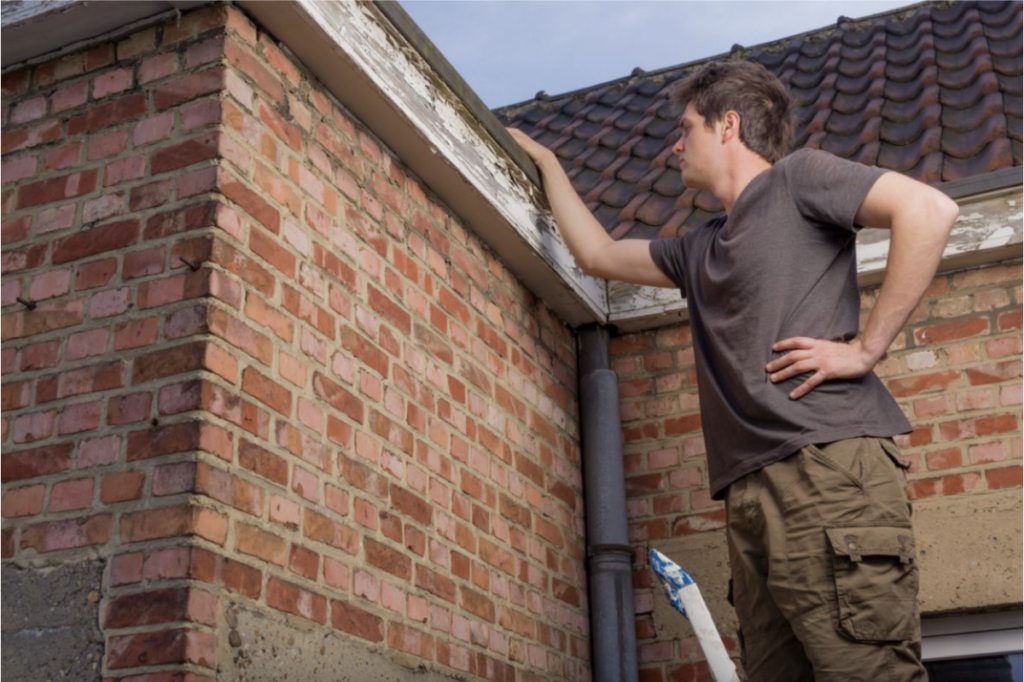How To Be Prepared for Storm Damage to Your Roof
Here at Pinnacle Roofing, we know you want to be prepared for storm damage to your roof. Of course, ideally, you’ll avoid any serious damage. But that’s the thing about the weather! It’s stronger than us, and sometimes, all we can do is prepare for the worst. Sun damage over time can degrade the shingles, weakening them for the wind from a storm to do damage or loosen them. Not to mention the water from heavy rains and the damage that can cause.
And, of course, as Memphis natives, we know that storm season can see some pretty serious tornados! Our thunderstorms are nothing to shake a stick at and often come with serious rains and even hail.
While relatively rare, it’s also not unusual to get at least one good winter storm each year, sometimes more. That means you’ll want to know how to winterize your roof, plus to prepare for inevitable damages due to catastrophic weather events. The added weight from snow and ice can wreak havoc, particularly if you’re unprepared.
You may feel like there’s nothing to be done to protect your roof during a storm except ride it out and hope for the best. However, by proactively preparing for storm season, you can prevent, or at least greatly diminish, storm damage to your roof.
Read on to learn more!
Get Inspected!
Roof maintenance is vital to ensuring your roof lasts as long as possible. It’s particularly important prior to storm seasons, as routine maintenance helps you spot problems before severe damage occurs.
Call a good service roofer in the event that you haven’t had your roof inspected lately. They will perform a thorough inspection as well as address any issues they might find. If you’ve had a recent inspection, it can help to perform a walk-around of your house to check for any changes.
If you have any missing or damaged shingles, they’ll allow for wind and rain to penetrate your roof’s protective layers. You’ll want to replace any cracked or sliding tiles, as these not only weaken your roof but can be dangerous in high winds!
Be sure and address any obvious areas of deterioration or damage prior to storm season.
Clean Downspouts and Gutters
The blocked gutters and downspouts on your roof prevent water from flowing off. This can lead to water backing up and under the shingles, then into your home!
Dented as well as uneven gutters can prevent water from flowing to the downspouts and causes water to pool inside the gutter. You should check for loose or weak fasteners. When gutters do get heavy with wet debris and leaves, these can break away from the roof, taking pieces of the eaves alongside them.
Remove Debris
Avoid debris collecting on the roof. It can wash off into the gutters and clog them. Debris remaining on your roof after a storm can retain moisture, leading to roof rot.
It’s recommended that you perform a full cleanup of debris at least once a quarter, particularly prior to storm season.
Manage Trees
Take care to trim tree limbs or small branches that extend over the house.
A tree branch can cause damage without directly falling onto your roof. Any branches near enough to touch the roof may damage or even lift shingles due to the wind.
Additionally, any dead limbs or big branches may break off completely and cause severe damage by landing on your roof — or even cracking roof beams and breaking entirely through your roof.
Therefore, Trim your trees annually and keep branches six feet or more away from your roof. This will minimize the risk of falling branches and keep leaves and other debris from collecting on your roof.
Remember that weak or diseased trees may break or become uprooted in heavy winds. Remember to inspect trees near your house to make sure they’re healthy.
Trees under stress let you know it. They’ll show deformed or dropped leaves, missing bark, dead limbs, as well as withered branches.
A leaning tree could indicate a weak root system. This tree may need to be removed prior to storm season.
Deal with Ice Dam Formation
Ice Dam formation is another major issue to watch out for. An ice dam forms when heavy snow build-up melts during the day, refreezing at night, over and over again. This process leads to the build-up gathering at the roof’s edge, which can cause ponding as the dam catches meltwater. This meltwater can seep through the shingles of your roof, damaging the attic below, as well as your ceilings, walls, and the rest of your home.

Don’t go it alone!
Here at Pinnacle Roofing, we know all about preparing your home for storm season. We’re Memphis, natives, just like you, so we have experience dealing with the high winds and tornado conditions that can arise. So don’t stress out trying to take care of everything on your own. Call in the expert! You’ll be glad you did!
